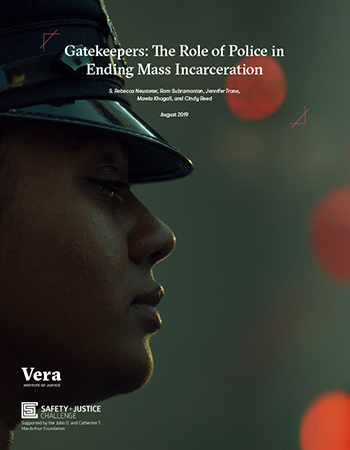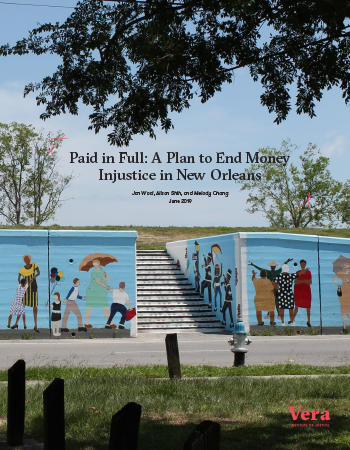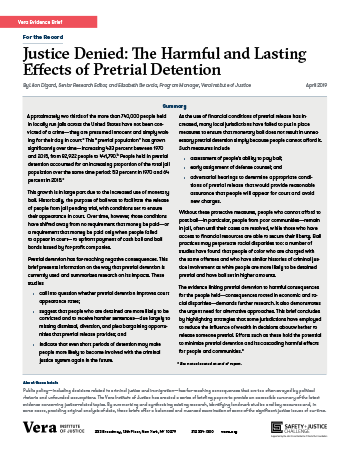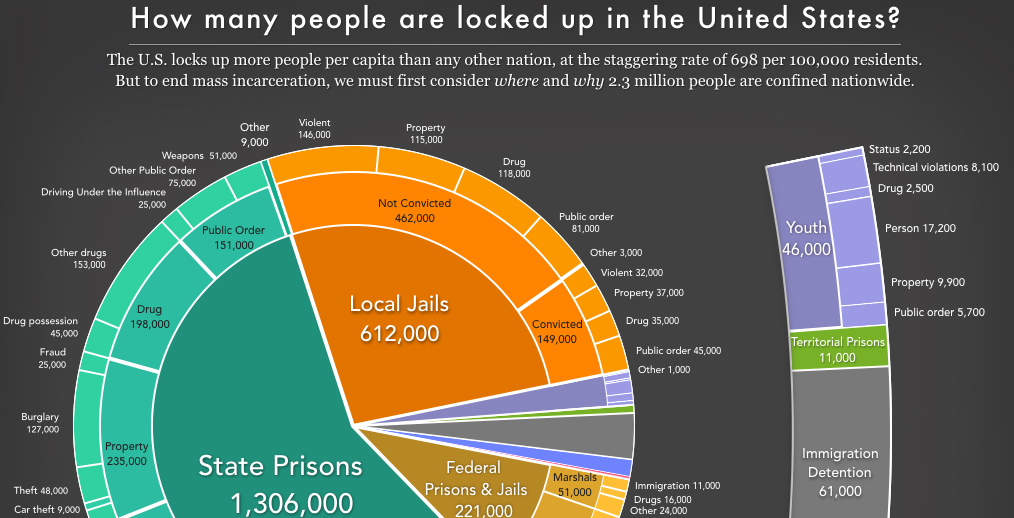Report
Data Analysis Jail Populations Pretrial and Bail August 26, 2019
Arrest, Release, Repeat: How police and jails are misused to respond to social problems
Police and jails are supposed to promote public safety. Increasingly, however, law enforcement is called upon to respond punitively to medical and economic problems unrelated to public safety issues. As a result, local jails are filled with people who need medical care and social services, many of whom cycle in and out of jail without ever receiving the help they need. Conversations about this problem are becoming more frequent, but until now, these conversations have been missing three fundamental data points: how many people go to jail each year, how many return, and which underlying problems fuel this cycle. This report fills that troubling data gap.




